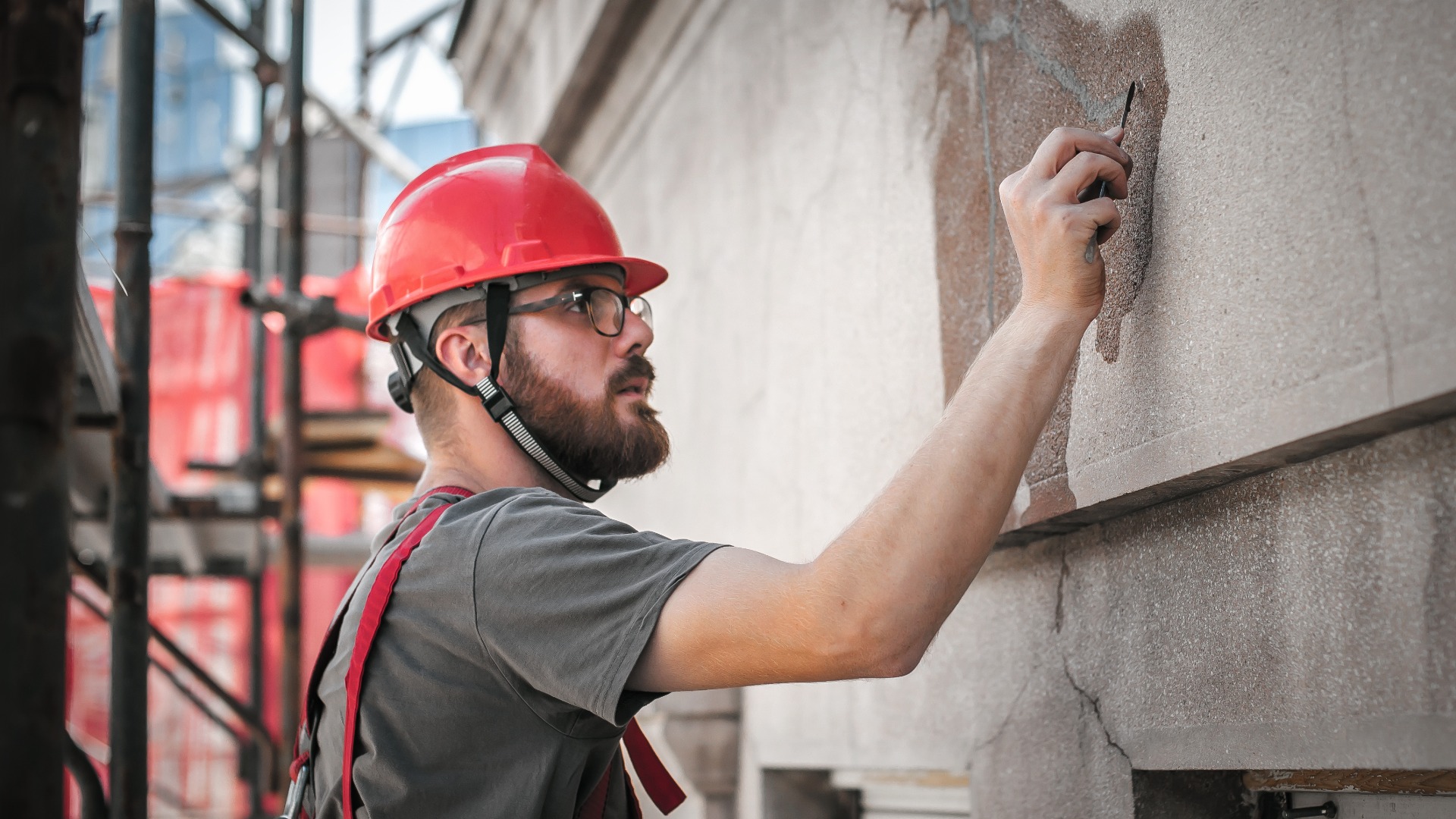
Image Source: Google
Preserving history is an essential part of maintaining our connection to the past and ensuring that future generations can appreciate and learn from it. One key aspect of this preservation effort is building restoration services, which play a crucial role in restoring and maintaining historical buildings and structures. These services combine the art of craftsmanship with modern technology to bring aging structures back to their former glory while preserving their historical significance.
Building restoration services involve a multi-faceted approach that encompasses various aspects of construction, preservation, and conservation. Skilled craftsmen and restoration experts work together to carefully assess the condition of a building, identify areas of deterioration or damage, and develop a comprehensive restoration plan. This plan often includes repairing and replacing deteriorating materials, reinforcing structural elements, and restoring architectural details to their original state.
One of the key challenges of building restoration is balancing the need to preserve the historical integrity of a structure with the practical considerations of modern building codes and standards. Skilled restoration experts are adept at finding creative solutions to these challenges, ensuring that historical buildings can be safely and effectively restored without compromising their authenticity. This delicate balance requires a deep understanding of historical construction techniques, materials, and design principles, as well as a keen eye for detail and craftsmanship.
Building restoration services often involve a combination of traditional craftsmanship and cutting-edge technology. Skilled craftsmen use time-honored techniques such as masonry, carpentry, and plasterwork to recreate historical details and architectural features. At the same time, modern tools and equipment, such as laser scanning and 3D modeling, are used to accurately assess the condition of a building and plan restoration work with precision.
Preserving history through building restoration services is not just about maintaining the physical structure of a building—it is also about honoring the stories and memories that are embedded within its walls. Historical buildings often have a rich cultural and social significance, serving as important landmarks and symbols of a community's identity. By restoring these buildings, we are not just preserving bricks and mortar; we are also preserving the stories of the people who lived and worked in these buildings, ensuring that their legacy lives on for future generations.
Building restoration services also play a vital role in sustainable development and environmental conservation. By restoring existing historical buildings rather than demolishing and rebuilding, we can reduce the environmental impact of construction and save valuable resources. Restoring historical buildings also helps to revitalize communities, preserve green spaces, and promote a sense of place and belonging.
The art of building restoration services requires a unique blend of creativity, skill, and dedication. Restoring historical buildings is a labor of love that requires a deep appreciation for history, architecture, and craftsmanship. Skilled craftsmen and restoration experts often spend years honing their craft, learning traditional techniques, and mastering the art of preservation and conservation.
Building restoration services are not just about fixing what is broken—they are about breathing new life into old structures, telling the stories of the past, and preserving our cultural heritage for future generations. By combining the art of craftsmanship with modern technology, building restoration services are able to bring historical buildings back to their former glory, ensuring that they continue to inspire and captivate us for years to come.
Ultimately, the art of building restoration services is about more than just preserving history—it is about honoring the past, celebrating the present, and shaping the future. By investing in the preservation of our historical buildings and structures, we can ensure that our cultural heritage remains alive and vibrant, serving as a testament to the ingenuity, creativity, and resilience of the generations that came before us.